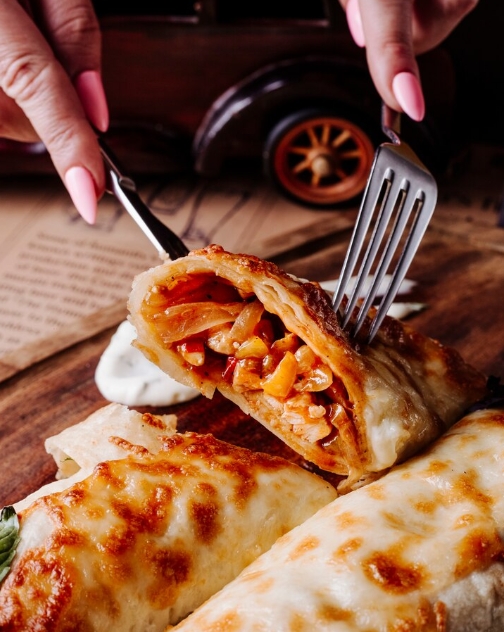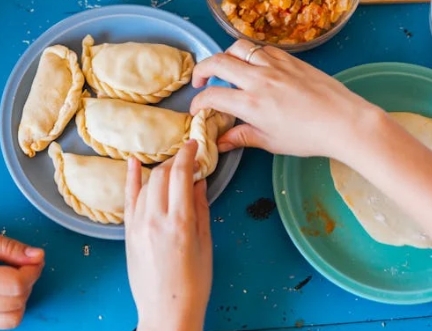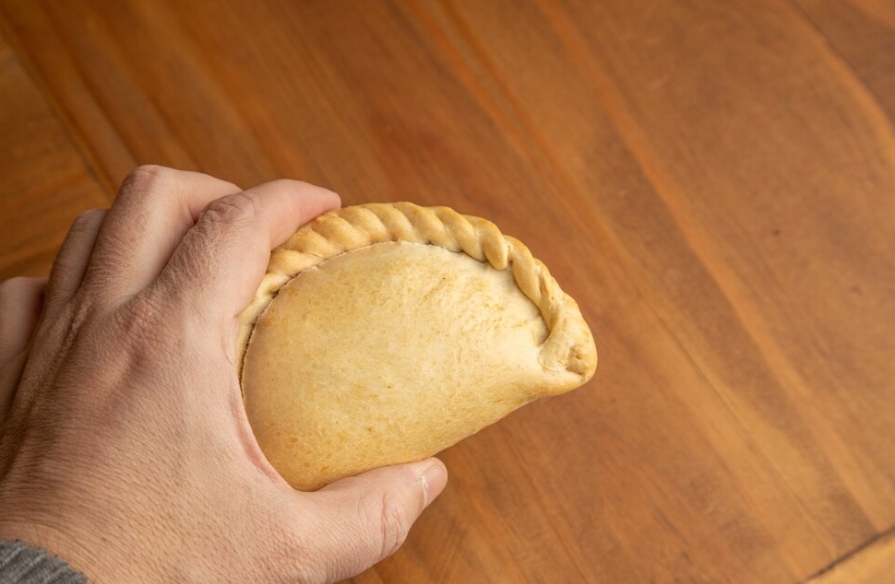Note
- You can customize empanada fillings with vegetables, cheeses, or even seafood.
- Leftover dough freezes well for up to three months.
- For the healthier version, try baking instead of frying.
Journey of Empanadas
A delicious blend of culture, history, and taste, empanadas have spread over countries and centuries to become a popular food all over the world. They have their roots in the Iberian Peninsula, where the Arabian sambousek—small, savory pies filled with spiced meat or vegetables—inspired Spanish and Portuguese cuisines. With each migration, these crescent-shaped pastries acquired regional identities and changed into what we today know as empanadas as they traveled through Spain.
Empanadas evolved into a useful supper for laborers and tourists in medieval Spain. They were perfect for field labor and lengthy trips because of their portable construction, which featured a substantial filling encased in a robust dough. The fact that the name itself is derived from the Spanish verb empanar, which means "to wrap in bread," is evidence of its straightforward yet clever design.
Spanish explorers brought empanadas to Latin America, where they found new homes. Local ingredients and customs in each area gave the empanada a distinctive flavor. With regional variations that include contents like meat, olives, and hard-boiled eggs, they rose to fame as a culinary classic in Argentina. The Caribbean islands adopted seafood empanadas brimming with tropical tastes, while Colombia and Venezuela introduced cornmeal pastry with fillings of cheese and chicken.
Formerly a Spanish colony, the Philippines adopted empanadas as a sweet treat. They are frequently filled with ripe bananas, jackfruit, or a combination of savory and sweet ingredients. Around the world, empanadas were modified to fit the ingredients that were available, demonstrating the creativity of home cooks and their capacity to elevate a basic recipe to a remarkable level.
The variety of empanadas is essential. They can be fried for a crispy, decadent finish or baked for a lighter, flakier texture. The dough is an empty canvas for inventive fillings, regardless of whether it is made with puff pastry, cornmeal, or wheat flour. Sweet fillings like caramelized fruits or creamy custards make for a lovely dessert, while savory options like seasoned meats, sautéed veggies, and cheeses are ideal for substantial snacks or dinners.
These days, empanadas are a celebration of connection and tradition rather than just food. They unite people through their enjoyment of tasty, portable snacks, whether they are offered at elegant dining establishments, street food markets, or family get-togethers. By creating international flavors like Thai curry, Mediterranean lamb, or even vegan and gluten-free versions, contemporary chefs are pushing the limits of empanada creation.
Empanadas have maintained their cultural relevance and rustic charm despite their change. They are a representation of tradition and home, frequently connected to joyous occasions or treasured childhood memories. Making empanadas, which involves rolling the dough, filling, folding, and sealing each one, is a custom that has been handed down through the generations and is a loving effort that bridges the past and present.
Empanadas bring up fond memories for many people. They bring back memories of the coziness of a dinner with loved ones, the delight of street festivals, or the coziness of a grandmother's home. Their capacity to change while remaining loyal to their origins—a harmony of creativity and tradition that appeals to people from all cultural backgrounds—is what has kept them popular for so long.
Enjoy the rich tapestry of history and heritage that an empanada represents, in addition to its exquisite flavors, the next time you bite into one. From its modest origins in medieval Spanish kitchens to their current position as a culinary icon around the world, empanadas are proof of the ability of food to unite people. I appreciate you reading, and I hope this encourages you to make these classic pastries at home!







